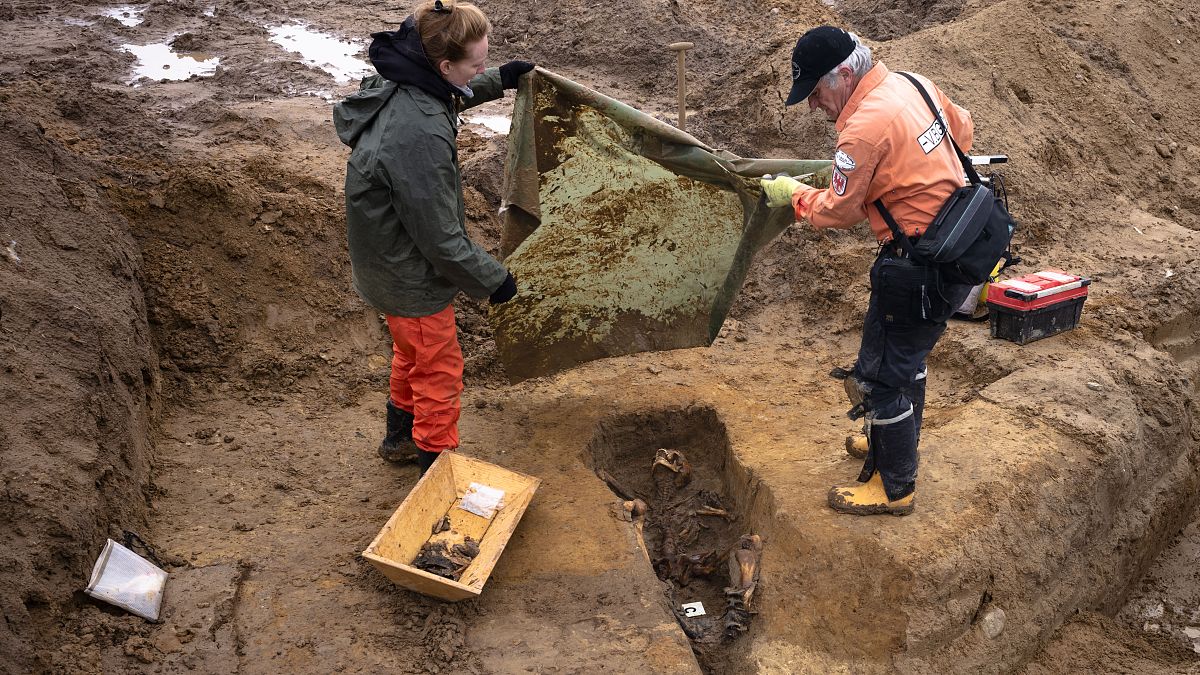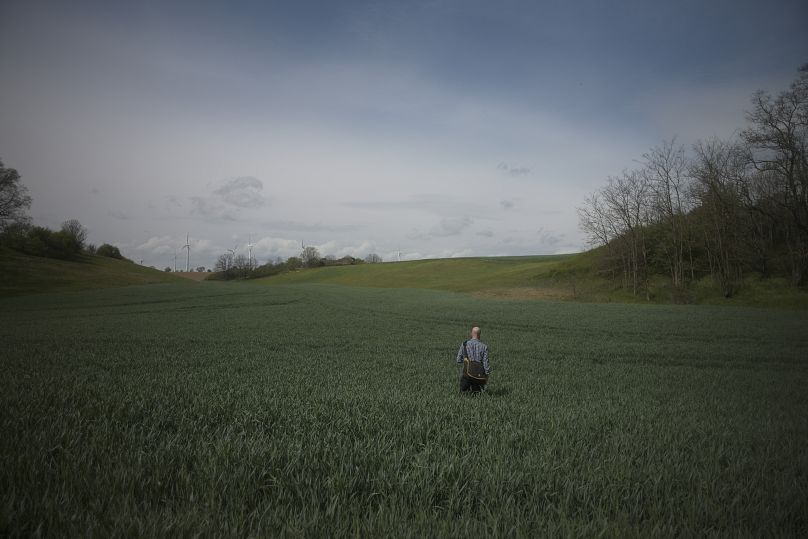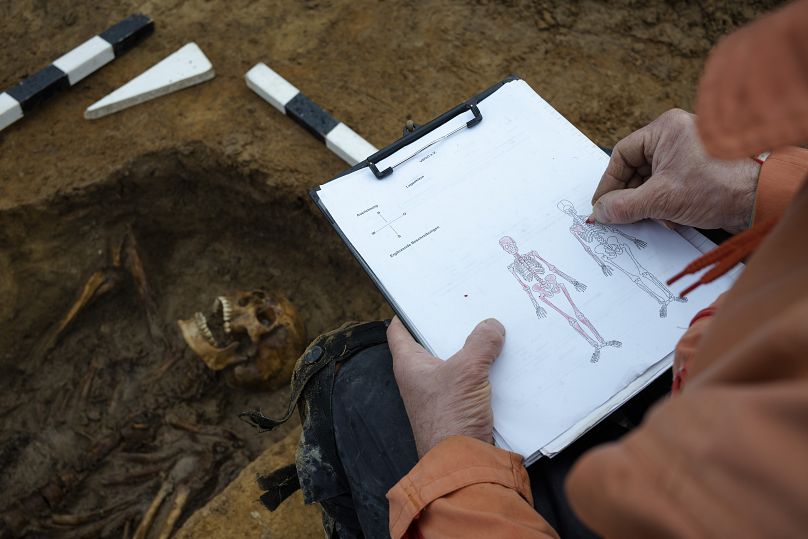Volunteers work to dig up bodies in Klessin, Germany to bring closure to families whose loved ones have only ever been a statistic.
Seventy-five years ago the normally serene fields of the village of Klessin, Germany were the site of intense fighting between Nazi and Soviet soldiers.
Located 100 kilometres east of Berlin, it was a site of strategic importance, and fighting raged for two months as the Nazis tried to prevent the Red Army from taking Berlin.
The casualties were enormous but the total number of dead and missing is unknown.
Volunteers are now working to dig up bodies in the area to bring closure to families and give a name to those who have been a simple number in a history book.
“It seems so idyllic, but it’s a huge cemetery,” Thomas Siepert, a volunteer and engineer from nearby town Frankfurt an der Oder, said. “That shouldn’t be forgotten.”
For the last 15 years, volunteers like Siepert from around Europe have devoted holidays to excavating long-buried military battlefields and trench lines in search of soldiers who never made it home.
During 19 digs across a square kilometre, members of the Association for the Recovery of the Fallen in Eastern Europe have found 116 German and 129 Soviet soldiers.
“On all sides, these are destroyed lives. These are all people who died senselessly,” said Albrecht Laue, chairman of the association.
“If we talk about a huge slaughter with hundreds of thousands of dead, nobody can understand that. But if I talk about the story of a young 17-year-old soldier, that’s tangible.”
Laue is a 46-year-old businessman from Hamburg. He got interested in the search when looking for the grave of his grandfather, which Laue located near where his grandfather died fighting in Russia in 1942.
Volunteers with the association include anthropologists, archaeologists, excavators and the disposal experts needed when munitions are found.
“We couldn’t, and also don’t, want to look for soldiers from a specific nation,” Laue said. “That’s the interesting thing when one finds one of the dead; one never even knows at the beginning if it’s a German or a Soviet."
Identifications are rare, especially since Soviet soldiers had no dog tags, but occasionally the volunteers get lucky.
In a dig on a Soviet outpost on a hill outside of Klessin in 2018, they came across three Soviet soldiers who were all highly decorated and traced their names through the medals.
This year’s spring dig has been postponed due to the coronavirus pandemic but work is still underway on a memorial site being established amid the rubble of original farm buildings.
The community hopes the memorial will help people understand the history of what happened.
“We want to present what happened here 75 years ago, what war means, show the younger generation that war destroys everything,” Hermann Kaiser, a member of the small community association behind the memorial, said.




